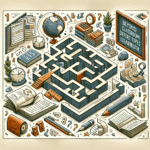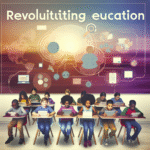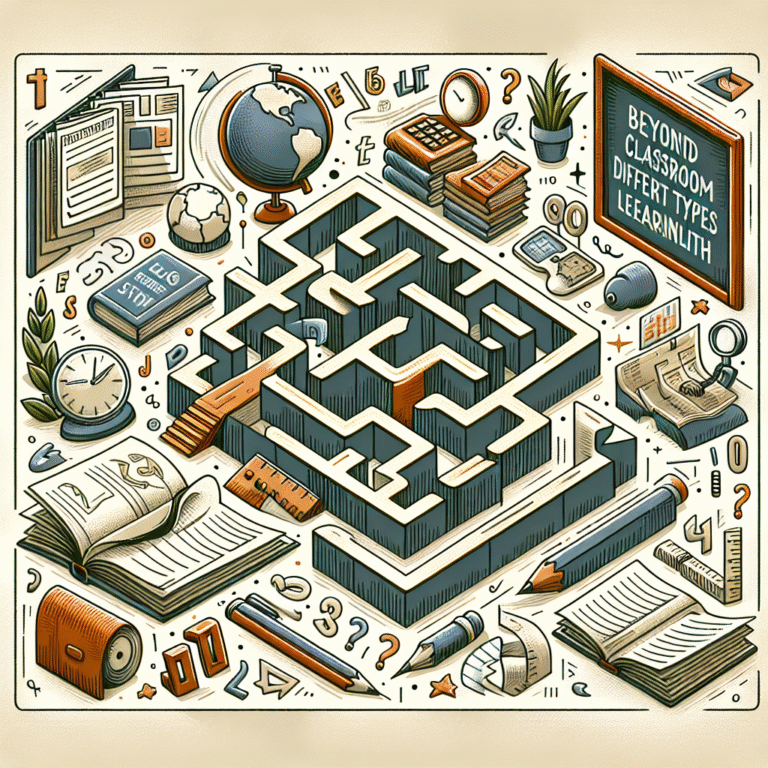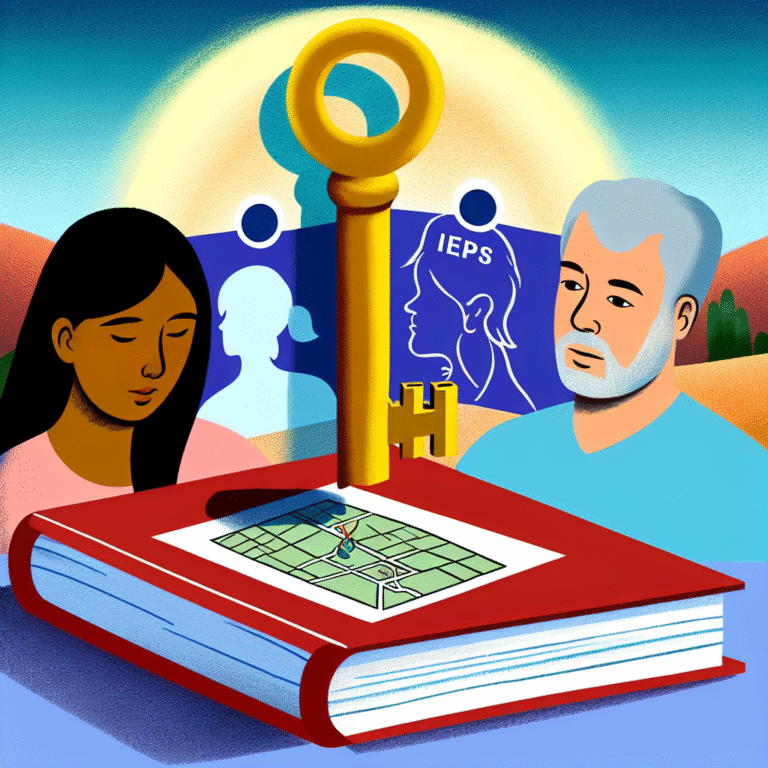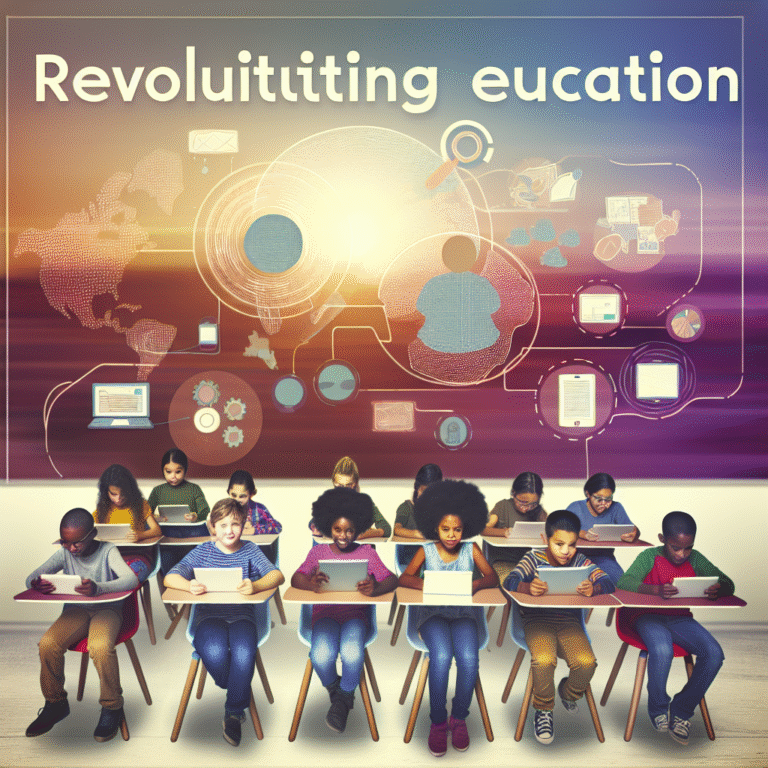
Bridging the Gap: Proven Adaptive Study Techniques for Learning Challenges
Introduction
Imagine a classroom where every student’s learning style is embraced and valued. In an age of personalized education, we have the opportunity to transform the way we approach learning. The phrase "Bridging the Gap: Adaptive Study Techniques for Learning Challenges" serves not only as a guide but as a rallying call to educators, students, and parents alike. Learning challenges—whether they arise from dyslexia, ADHD, anxiety, or other factors—should not serve as barriers to success. Instead, they can be met with innovative and adaptive study techniques that empower students to thrive in their educational journeys. This article will explore essential strategies to bridge the gap for learners facing challenges, showcasing case studies and providing actionable insights that can be applied immediately.
Understanding Learning Challenges
The Spectrum of Learning Challenges
Learning challenges come in various forms, and each has unique implications for education. For instance, dyslexia is a reading disorder that affects fluency and comprehension, while ADHD can hinder attention and impulse control. Recognizing the diversity of these challenges is essential for tailoring effective study techniques.
| Type of Learning Challenge | Description | Challenges Faced |
|---|---|---|
| Dyslexia | Difficulty in reading fluency | Slow reading, misunderstanding text |
| ADHD | Attention and focus issues | Distractibility, impulsivity |
| Autism Spectrum Disorder | Social communication difficulties | Trouble with social cues, rigid routines |
| Executive Function Disorder | Challenges with organization | Difficulty in prioritizing tasks |
By understanding these challenges, we can develop adaptive techniques that meet the needs of each learner.
Bridging the Gap: Adaptive Study Techniques
Case Study 1: Using Technology to Adapt Learning Environments
Case Study Overview: In a bustling high school, Alex, a sophomore with ADHD, struggled to maintain focus during traditional lectures. Teachers implemented a blended learning model, incorporating technology to allow for varied instructional delivery.
Adaptations Made:
- Use of tablets for interactive learning materials.
- Incorporation of video lectures that students could watch at their pace.
- Incorporation of timed breaks to help reset attention.
Relevance to Bridging the Gap: This case showcases how adaptive study techniques can be implemented through technology to meet the needs of individual learners. By allowing students to engage with materials in multiple formats, educators are effectively bridged the gap for those who may struggle in traditional learning environments.
The Power of Visual Learning Techniques
Visual learners process information best when it is presented in a graphical format. Techniques such as mind mapping, flowcharts, and graphic organizers can significantly enhance understanding and retention.
Implementing Graphic Organizers
- Benefits: Helps in organizing thoughts and connecting ideas.
- Application: Students can utilize them to outline essays or study for exams by visualizing relationships between concepts.
By integrating visual learning strategies into their study habits, students like Alex benefit significantly, thereby bridging the gap of comprehension.
The Role of Mindfulness and Stress Reduction
Emotional and psychological challenges often intertwine with learning difficulties. Incorporating mindfulness practices into study routines can help students manage stress and improve focus.
- Techniques: Breathing exercises, meditation apps, and short mindfulness breaks during study sessions.
- Impact: Reduced anxiety levels, leading to greater effectiveness in study techniques.
Case Study 2: Mindfulness in Action
Case Study Overview: In a middle school, teachers introduced a brief mindfulness session before tests. Students participated in guided meditation and breathing exercises.
Results:
- Improved test scores by 15% on average across the class.
- Increased engagement during study sessions.
This example reinforces that bridging the gap often requires addressing the mental and emotional state of students, not just their academic needs.
Building Organizational Skills
Organizing study materials and environments can also be a game-changer. A cluttered space can lead to a cluttered mind. Instruction on organization ranges from physical spaces to time management strategies.
Time Management Techniques
- Daily planners: Utilizing planners or digital tools to track assignments and deadlines.
- Chunking sessions: Using the Pomodoro technique to study in intervals and take regular breaks.
Creating an Efficient Study Space
- Checklist: Develop a personalized checklist for an ideal study environment. This could include:
- Minimal distractions (quiet space, no phones)
- Comfortable seating
- Access to necessary materials
Engaging Multiple Senses in Learning
Kinesthetic Learning Strategies
Kinesthetic learners excel by engaging in physical activities. Incorporating movement into study techniques can enhance retention for these students.
Techniques Include:
- Using flashcards while walking,
- Incorporating role-plays or simulations during learning sessions.
Music and Rhythm in Learning
Studies have shown that music can aid memory. For students who may struggle with auditory processing, rhythm can provide cues that help recall information.
Integrating Movement-Based Techniques
- Case Study: A college history class adopted a role-playing exercise through which students acted out historical events.
Analysis:
- Students reported not only enjoyment but also improved retention of information. This case exemplifies how bridging the gap might mean stepping outside traditional study frameworks.
The Importance of Collaborative Learning
Peer-to-Peer Learning
Encouraging peer study groups allows students to learn from one another. Students often feel more comfortable voicing challenges and seeking assistance from their classmates.
- Strategies for Group Learning:
- Assign roles during study sessions (e.g., note-taker, quiz-master).
- Engage in discussion formats rather than traditional lectures.
Cooperative Games in Learning Environments
Utilizing cooperative games can reinforce team-building skills while solidifying academic content. This method also assists in developing social skills for students with Autism Spectrum Disorder.
Conclusion
The conundrum of learning challenges does not have to inhibit academic growth. Through adopting adaptive study techniques tailored to meet individual needs, we can effectively bridge the gap in education. Techniques such as technology integration, mindfulness practices, and multifaceted learning strategies enable students facing learning challenges to succeed. The journey to academic achievement is not a one-size-fits-all path; rather, it demands creativity, understanding, and a commitment to inclusivity.
Call to Action
As educators, parents, and advocates, let us embrace the mission of bridging the gap: fostering adaptive study techniques that appreciate individual differences. In doing so, we empower every learner to reach their unique potential.
FAQs
1. What are adaptive study techniques?
Adaptive study techniques refer to various strategies tailored to meet individual learning needs, especially for those experiencing learning challenges. These techniques promote understanding and retention by providing personalized learning approaches.
2. How do I identify the best adaptive techniques for a learner?
Evaluating a learner’s strengths, weaknesses, and preferences can help determine suitable techniques. Consider conducting assessments or consultations with educators specializing in learning challenges.
3. Can technology really help students with learning challenges?
Absolutely! Technology can offer personalized learning materials that cater to different learning styles. Tools such as educational apps, online courses, and interactive platforms can be particularly beneficial.
4. How can parents support adaptive learning at home?
Parents can create a conducive study environment, assist in establishing a regular study routine, and utilize adaptive tools like planners or educational games that cater to their child’s learning style.
5. Is collaborative learning effective for students with learning challenges?
Yes! Collaborative learning enhances social skills and knowledge-sharing among peers, fostering an inclusive environment that can significantly benefit students experiencing learning challenges.
In sum, bridging the gap through adaptive study techniques for learning challenges is not only achievable but vital for nurturing success in every child’s educational journey. The path ahead is filled with possibilities, and with the right tools and understanding, every learner can flourish.
